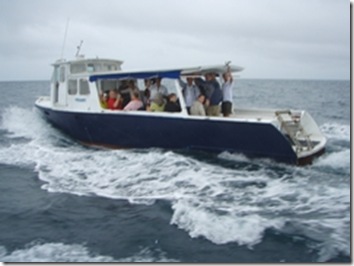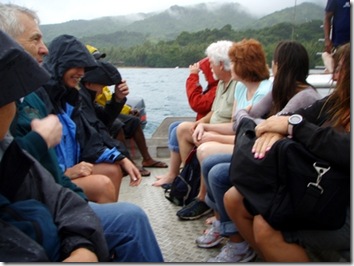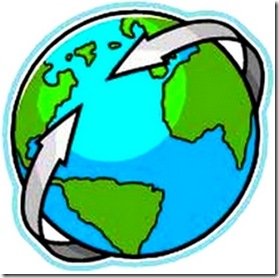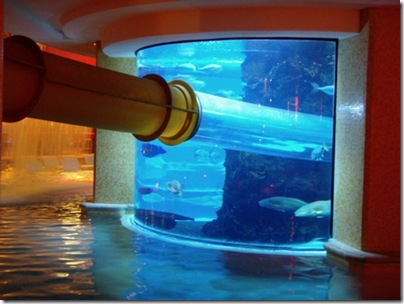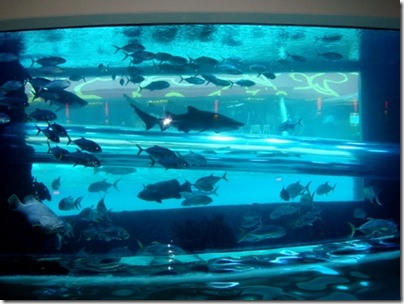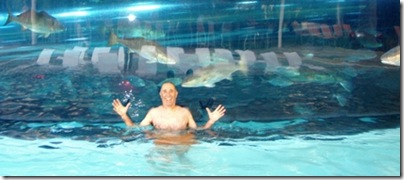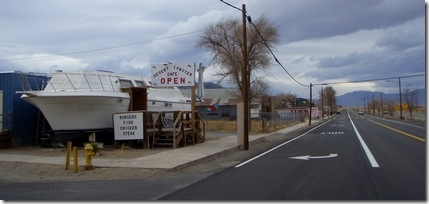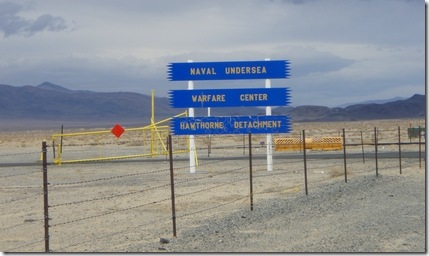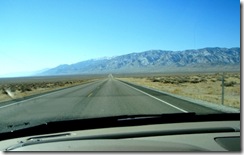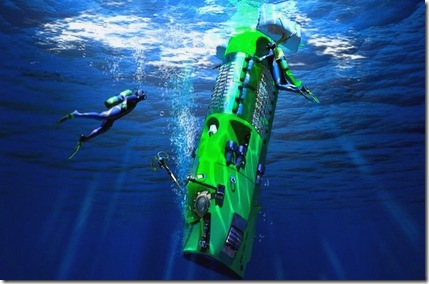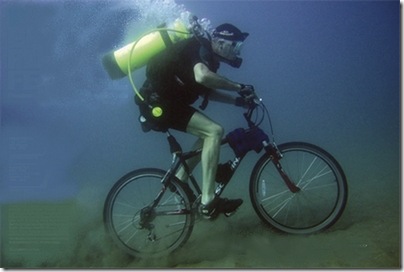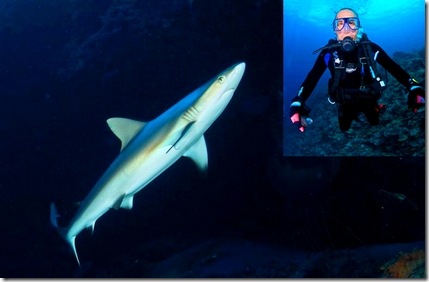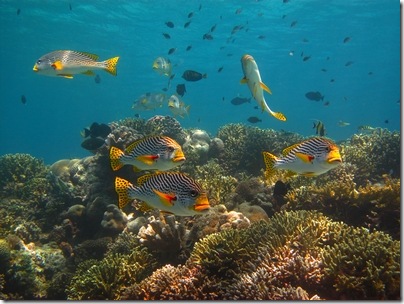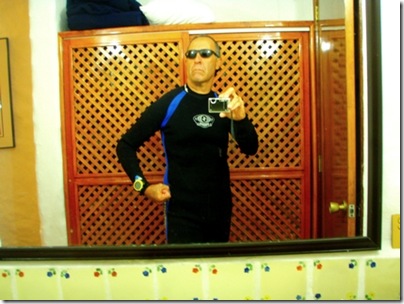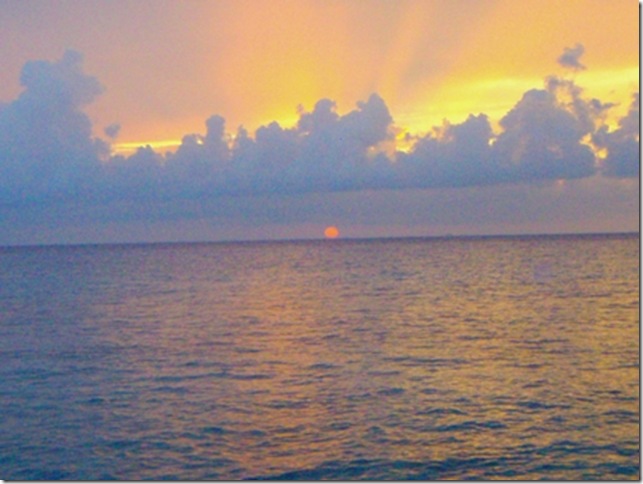
The fish probably think it is as funny as hell.
And, at times, it actually feels like that. Hell.
Normal is boring, goes the old cliché, but when it comes to scuba diving, boring may be a lot more comfortable.
Normal people think better than spending thousands of dollars and countless travel days getting to someplace, just to get sick, bit, and be uncomfortable.
So, exactly what is it that makes scuba divers seem at least slightly off-kilter?
I can think of a few things.
1. It takes a whole lot of special shit to scuba dive. Very expensive and heavy shit.
Would normal people get into recreational activities that require an enormous amount of specialized equipment, costing as much as an entry-level compact car, and taking up as much room as one?
Normal people take up sports like golf, where you can get by with a bag of clubs that you can sling over your shoulder, and a couple of balls in your pants (in case you lose one). Contrast that to a typical scuba diving trip that requires two huge rolling suitcases, each weighing damn close to the 50-pound airline limit.
And, many divers lug along a third, rigid case for thousands of dollars of underwater camera equipment, for which they must pay exorbitant excess baggage fees.
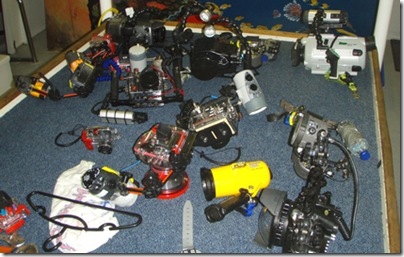
2. Contrary to the old saying, getting there may not be half the fun, unless you define fun as self-medicating or drinking yourself into an unconscious stupor.
The trip to popular places to dive often begins with a very long flight, which means breathing stale air, eating lousy food—or none at all—and sitting on your ass for upwards of 14 hours.
Unfortunately, many of the so-called primo dive spots are literally located on the other side of the planet. Fourteen hours confined into a narrow metal flying tube, crammed with coughing kids and their plus-sized parents, may not be Dante’s Inferno, but it’s hell on your butt.
Often those long, red-eye flights leaving at midnight just lead to piling into a rickety, third-world airplane, like the prop plane I took to Cozumel from Cancun years ago, where the wind whistled through the gaps around the door and windows.
And, with the foreign accents of the flight crews and lousy onboard sound systems, you can’t even tell if they are speaking in English when they are giving critical flight information…like how to close and open an automobile-style seatbelt that has been around since the early 19th century.
Then, you get the thrill of landing in the pouring rain and strong winds on a narrow runway, which has been eked into an opening in the jungle.
Finally, after an interminably long trip, you crawl, zombie-like, into a sketchy looking van for the ride to the dive resort. This is where you learn that those faded lane lines on the road offer only suggestions as to how many cars, motorcycles, and massive trucks can squeeze by each other. With any luck, by now you are hopefully passed out from jetlag.
All this to get to someplace with undrinkable water, questionable cell coverage, undependable electricity with weird outlets, and something called 220V power that may cause certain electrical devices to start smoking before they blow up.
3. Scuba diving sometimes involves a lot of throwing up.
Not infrequently, getting to those special remote dive sites involves spending anywhere from five minutes, to many hours—and, in some cases, even days—sitting on a bucking boat on rough seas, which for some means suffering sustained sessions of seasickness.
Bouts of violently expelling those strange green eggs and, “What kind of meat is in this sausage?” you had for breakfast is not conducive to going down 100-feet underwater, which depends on a chunder-free scuba regulator to breathe.
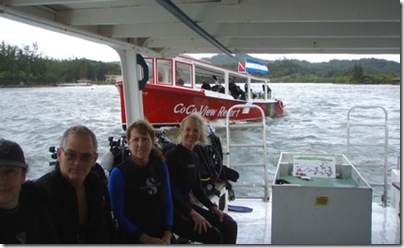
4. Suiting up to scuba dive requires almost as much stuff as Felix Baumgartner needed to skydive from space.
First, you get to stuff yourself into a tight, neoprene rubber suit, which results in a not entirely flattering, but entirely new body shape.
Next, you pull on this complicated underwater vest, called a BCD (which I think is an abbreviation for Bulky Cumbersome and Dangerous), to which a heavy, steel tank (hopefully) full of breathable air is attached, with various air hoses, one connected to a blocky metal and plastic “regulator”, which you stick in your mouth.
I have no idea how a regulator regulates, but I know it depends on a diaphragm, so it should be safe, as long as it doesn’t spring a leak. That could lead to a very unexpected surprise.
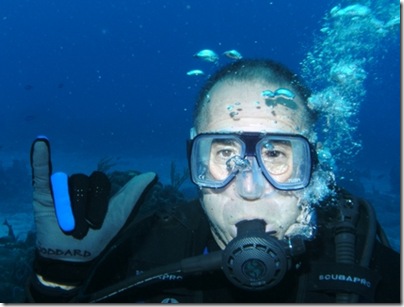
Finally, just before jumping ship, you put on a dive mask—that for those of us who are proboscisally endowed—squeezes your nose in a narrow rubber covering, and then you pull on these huge floppy dive fins, which tend to provide for a rather sexy appeal while walking…if you are a duck.
Oh, did I mention that the BCD vest has pockets into which you voluntarily stuff heavy blocks of solid lead weights?
I wonder as I jump into briny depths, why is it that all I can think about is some episode of the Sopranos?
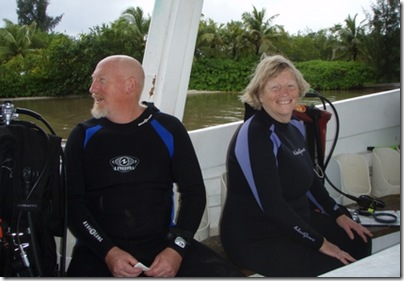
5. Normal people don’t go jumping into freezing water and call it fun.
While most divers consider scuba sites with warm water to be true nirvana, many popular sites are less hospitable in that regard. The aforementioned wet suits are rated in “mil” of thickness, as in, “I’d give a million dollars to stop shivering.”
In chilly water, you get to cover, not only your torso, legs and arms in thick, restrictive rubber, but also your head, hands, and feet. Mobility is really no longer an option.
And, for the hardcore, those divers who frequent really cold water often wear something called a “drysuit.” This style of thermal protection has the benefit that the rubber is much thinner, thus more flexible and allows for much more freedom of movement.
On the down side, wearing a normal wetsuit allows one to, ah…relieve themselves (not that I would ever admit to that practice), whereas the unwanted liquid simply flows into the ocean. With a drysuit being water tight, any liquids that enter the interior area cannot leak out and just stays in there during the entire dive.
If you happen to notice a distinctive puddle around the feet of a drysuit diver when they get back on the boat, well, let’s just say, it probably ain’t yellow sweat.
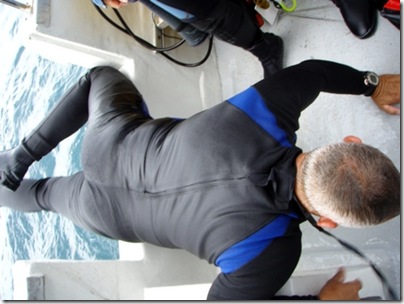
6. You will probably never hear a normal person exclaiming, “I went swimming in dirty dish water.”
Diving is certainly more enjoyable when you can see the colorful fish and beautiful coral, and divers use the term “viz” to relatively compare how clear it is underwater. The term viz may have come from how much coffee you drank at breakfast and now must “take a viz” to relieve yourself into your wetsuit, which as mentioned, flows directly into the surrounding water.
Of course, that is not the only thing that results in cloudy water clarity. It is also those cruise ships that ply the same waters with upwards of 6,000 people relieving themselves. You don’t think they haul all that “stuff” back to port, do you?
Yuck, that is just disgusting.
7. Sometimes the sea strikes the scuba diver, and that can hurt.
Normal people tend to question why a totally vulnerable scuba diver would willingly swim among 14-foot sharks with rows of razor-sharp teeth, six-foot long moray eels with gaping mouths, and various fish with highly poisonous needle-like spines.
The threats to bodily harm don’t necessarily end when you get out of the water. Many of the popular diving locales enjoy the presence of malaria, yellow or dengue fever-carrying mosquitoes, typhoid fever infested food or drinking water, plus poisonous snakes and vegetation. And bats.
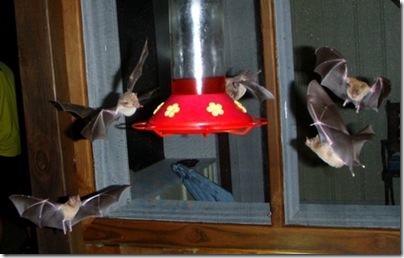
8. Sometimes the scuba diver strikes the sea, and that can hurt, too.
All it takes is a strong ocean current to drive a diver into amazingly sharp, hard coral, sometimes causing a profusely bleeding wound . (See the previous chapter on 14-foot sharks.)
And, would a normal person pay to swim into a dark, enclosed metal wreck of an old sunken ship with jagged rusty edges? Not only do you risk a severe cut to your skin or air hose, and a tetanus infection, but you have to remember your way out from the dark recesses of the wreck.
We also dive in sinkholes in the Yucatán area of Mexico, called cenotes, which lead to totally dark, water-filled underground tunnels, some of which are thousands of feet in length.
Down there, the only “up” is solid rock.
9. Sometimes your fellow scuba divers strike you, albeit by accident.
While the ocean is truly vast and seemingly endless, divers often congregate to view the smallest objects of undersea life imaginable. This is especially true when the divemaster bangs against his metal tank to draw the attention of the group, especially those with the thousands of dollars of underwater dive cameras—or a few who actually carry a big magnifying lens when diving (Yes, Pam…I’m talking about you).
This signal leads to a mass migration of the divers who attempt to see a tiny pigmy seahorse, small, colorful nudibranch or other near-microscopic thing, all at the same time. This swimming stampede may result in flaying fins and flinging cameras, which can pose a threat to dislodge your mask and your ability to see things, such as your gauge that tells you if you are about to run out of air.
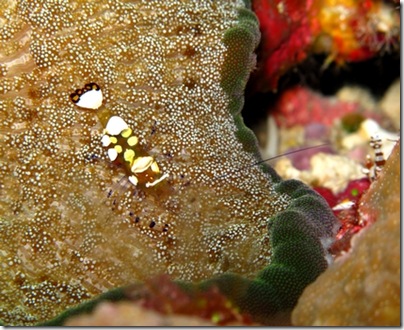
10. Does putting on a cold, clammy, wetsuit sound like fun? How about doing it day after day after day?
The fact is, a lot of diving takes place in tropical environs, which becomes tropical due to what? The answer is, it stays wet much of the time. That wetsuit you took off the day before has not only not dried out at all, but also has become even more difficult to pull on.
For those of us of a particularly hirsute nature, it is kind of like trying to pull on an undersized, semi-stretchy rubber protective cover over an ample-sized hairy, ah…leg.
Wait…it’s exactly like that.
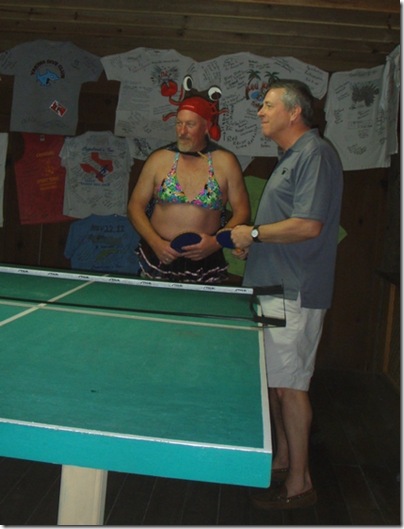
So, as you can see, scuba divers are normal in ever way.
Or, maybe we just think that after breathing in air that has been enriched with something called nitrox. Before you think we are diving deep while high, nitrox doesn’t give you a buzz. As a matter of fact, divers use it to prevent “getting bent.”
We wait until we get back to the resort bar to get bent, where it’s rum punch all around.

What’s not normal with that?
Read Full Post »
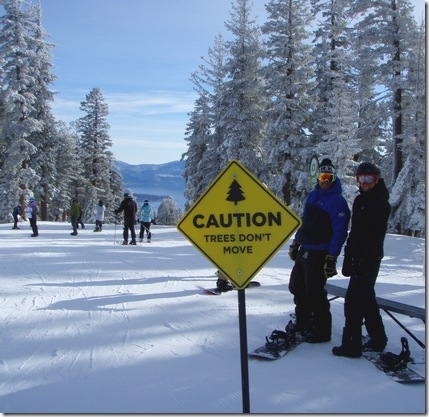















 It was on my recent flight to San Salvador, El Salvador, with Javier Bardem, while enjoying a clearly healthy breakfast, I was reading
It was on my recent flight to San Salvador, El Salvador, with Javier Bardem, while enjoying a clearly healthy breakfast, I was reading 






